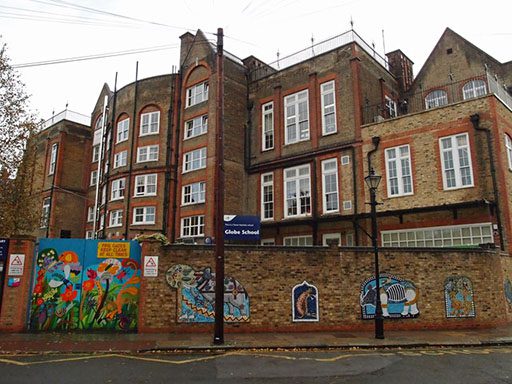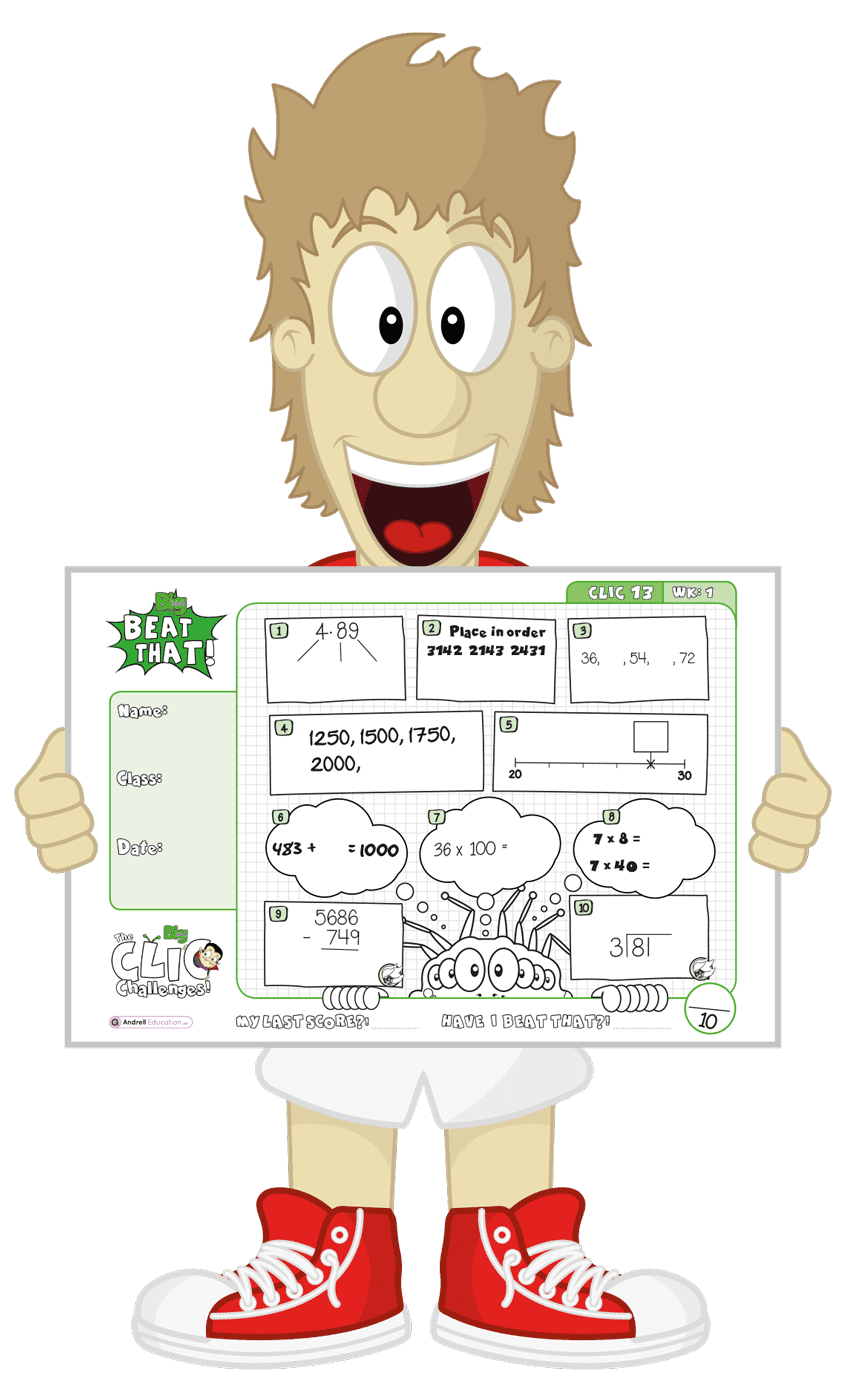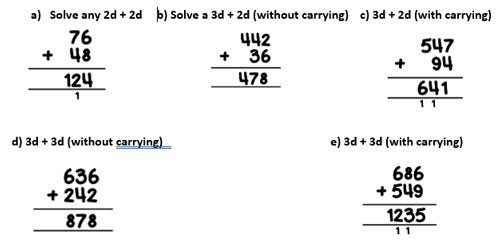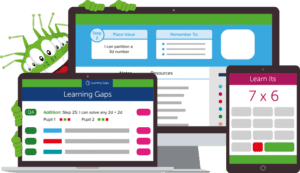
Globe Primary School, Bethnal Green, London
About the School
Globe Primary School is a Community Primary School, in Bethnal Green, East London and serves children and families from many cultural backgrounds. Additionally, we have a resourced provision from pupils who have additional speech and language needs.
In November 2017, we were recognised by OFSTED as being an outstanding school.
Observations about mathematics from the inspection included:
‘Pupils outcomes in mathematics are significantly above national average by the end of Year 6. Such high achievement has been sustained over time. For many pupils who join the school from starting points well below average, this represents significant progress over time.’
‘Pupils use their mathematics skills well across subjects.’
‘…the proportion of pupils working at greater depth in mathematics is very high.’
Big Maths has enabled us to develop our: curriculum, pedagogy and assessment systems to give our children the best possible start in mathematics.
The Challenge
At Globe Primary School we have introduced Big Maths in January 2011 to raise standards in Mathematics. As an Inner London School, we serve a diverse community of learners. We wanted our children to have the knowledge, skills and understanding to work with and manipulate numbers and learn within the wider maths curriculum with confidence.

As a school we can’t recommend Big Maths highly enough!

Favourite Features of Big Maths
Big Maths has enabled us to embed structured lessons, based around core number facts (Counting – 5 minutes, Learn its – 5 minutes, It’s Nothing New – 5 minutes, Calculation/Column Methods 5 minutes, Main Objective). Thus, within a lesson children are taught at least 5 different skills, straightforwardly identified from assessments. Hence appropriately challenging them and managing their cognitive load. Differentiation is easily structured through the skills taught and/or the types of challenges; procedural methods to ‘real life maths’ moving to ‘dangerous maths.’
Calculation expectations and progression in each Year group, are based on age-related expectations, from Big Maths steps and/or CLIC and SAFE assessments. Again because of the Big Maths curriculum and assessment structures, children have learning pitched appropriately, evolving their knowledge and skills from previous learning. Therefore, children are comfortable with the new learning because they are continually building on previous experiences, making connections because their learning is being guided. As a result new learning is doable and old learning sticks.
Communicating written methods and strategies to parents and carers is an essential element of a child’s maths journey. Adults, naturally want their children to be the best they can be at maths, but sometimes hinder them with some weird and wonderful approaches! We have used the Big Maths learning steps to transparently show which methods we use in school for: addition, subtraction, multiplication and division in each Year group. Booklets have been produced to model the calculations and used for in school Mathematics workshops. Moreover, the calculus methods are shown on the school website. Big Maths, has enabled us to do this because of the clear and sequential steps from Reception to Year 6.
What Do the Children think?
Teaching the Primary Mathematics Curriculum through Big Maths, enables teachers to manage their children’s, cognitive load. Big Maths organises the curriculum content detail, by Year group into small manageable steps. Therefore, children develop their mathematical knowledge and skills with assurance because new learning builds on previous learning. As a result, new learning is accessible, whilst embedding old learning. For example, a Year 3 child working at age-related expectation will develop their addition skills as shown in this picture.
If children have gaps in their learning then previous steps can be taught, to address misconceptions so that they can confidently develop the skills in subsequent steps. Through these sequential steps all children are able to embed their understanding of mathematical concepts from the working memory to the long term memory. Therefore, they enjoy maths because they become successful learners.

Big Maths Saves Teachers’ Time!
Planning using Big Maths online is both efficient and effective. The children’s proficiency in the curriculum is tracked through CLIC and SAFE assessments and a learning gap tool shows skills and knowledge the children need to develop. Consequently, their learning needs are immediately obvious. Therefore, objectives can be quickly planned for, to address misconceptions and/or move learning onto the next steps. Each learning step has a variety of resources, to support learning, ranging from procedural challenges for pupils to show understanding of skills to mastery challenges where the children have to apply long-term memory skills. These resources are really easily accessible and with a few clicks, a week of maths is planned, resourced and tailored to the needs of your class.

Managing Classes and Tracking Progress
CLIC (Core Number Assessment) and SAFE (Wider Maths Curriculum Assessment) have allowed us to track the children’s progress in core number and the Primary Maths Curriculum. Big Maths online automatically produces documents which show:
- Which pupils are on track in core number
- % of pupils on track in each class in core number
- Which pupils are on track understanding the objectives of the wider maths curriculum
- % of pupils on track in each class, understanding the objectives of the wider curriculum
- Progress children have made in CLIC and SAFE assessments during the academic year. It is expected that children will become secure in 10 new skills a term.
These documents are really useful at pupil progress meetings as a basis for discussion about:
- Children not on track, why they are not on track and provisions that can be made for them
- Children not making the necessary progress and which skills they need to develop to make the necessary progress.
From these conversations interventions are straightforwardly put into place, so that children have misconceptions and skills gaps addressed. At our school Teaching Assistants do a daily learn its intervention programme, so that children don’t fall behind knowing the age-related number facts. We follow the very systematic Big Maths, learn its schedule, which means all children are expected to (and most do) know all their times tables facts by the end of Year 4. Additionally, the learning gap tool acts as an intervention. Using Big Maths online, resources are without difficulty, to address misconceptions.
At Globe Primary School, Big Maths:
- manages pupils’ cognitive load and teacher workload
- delivers a sequential curriculum covering National Curriculum expectations, embedding old learning and making new learning doable
- provides a consistent but exciting pedagogical approach to Mathematics, enabling confident learners
- gives a robust assessment system, which easily tracks the progress, attainment and next learning steps of cohort and individuals
- offers transparency about the mathematical methods used in school